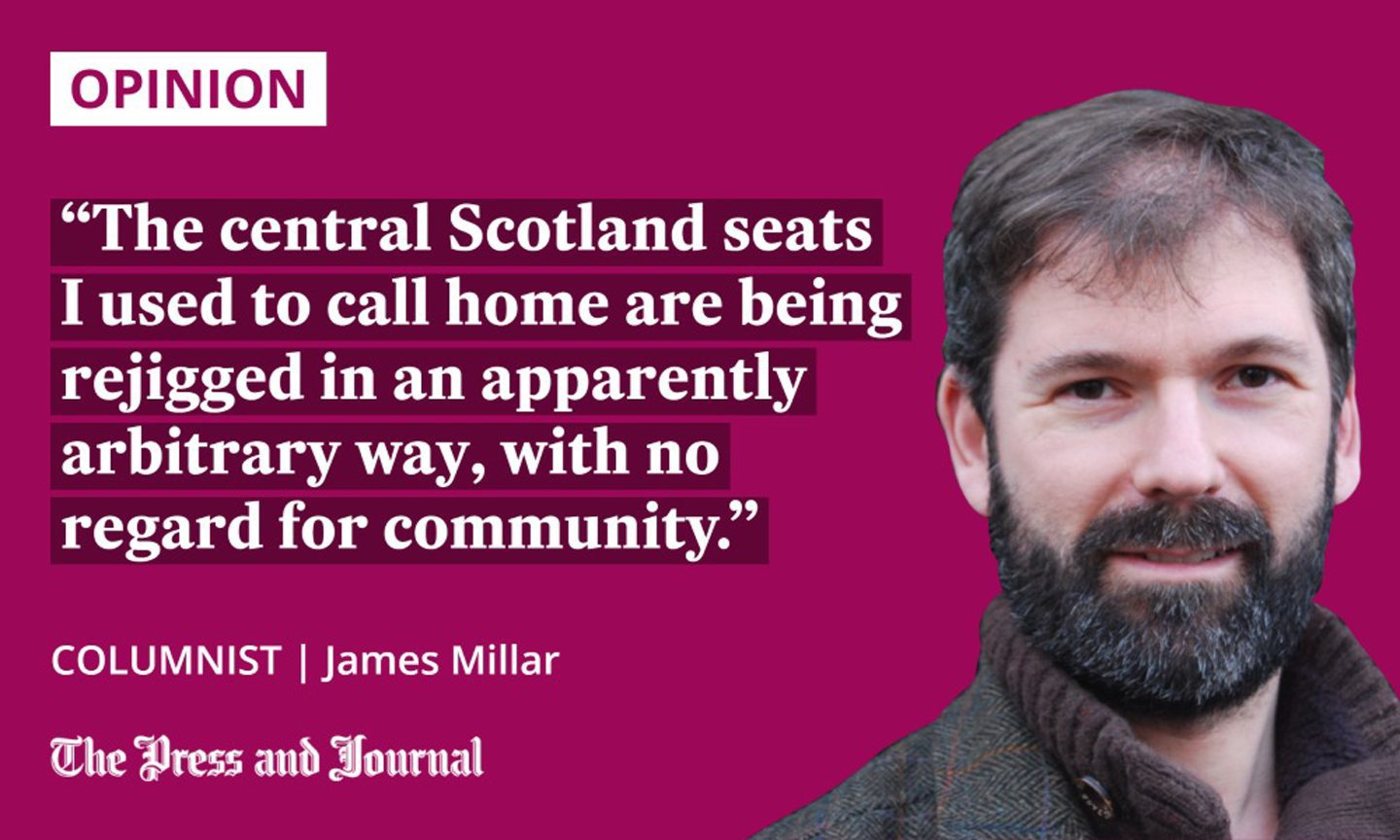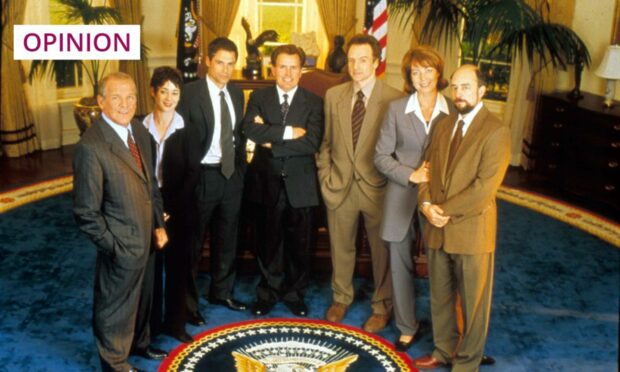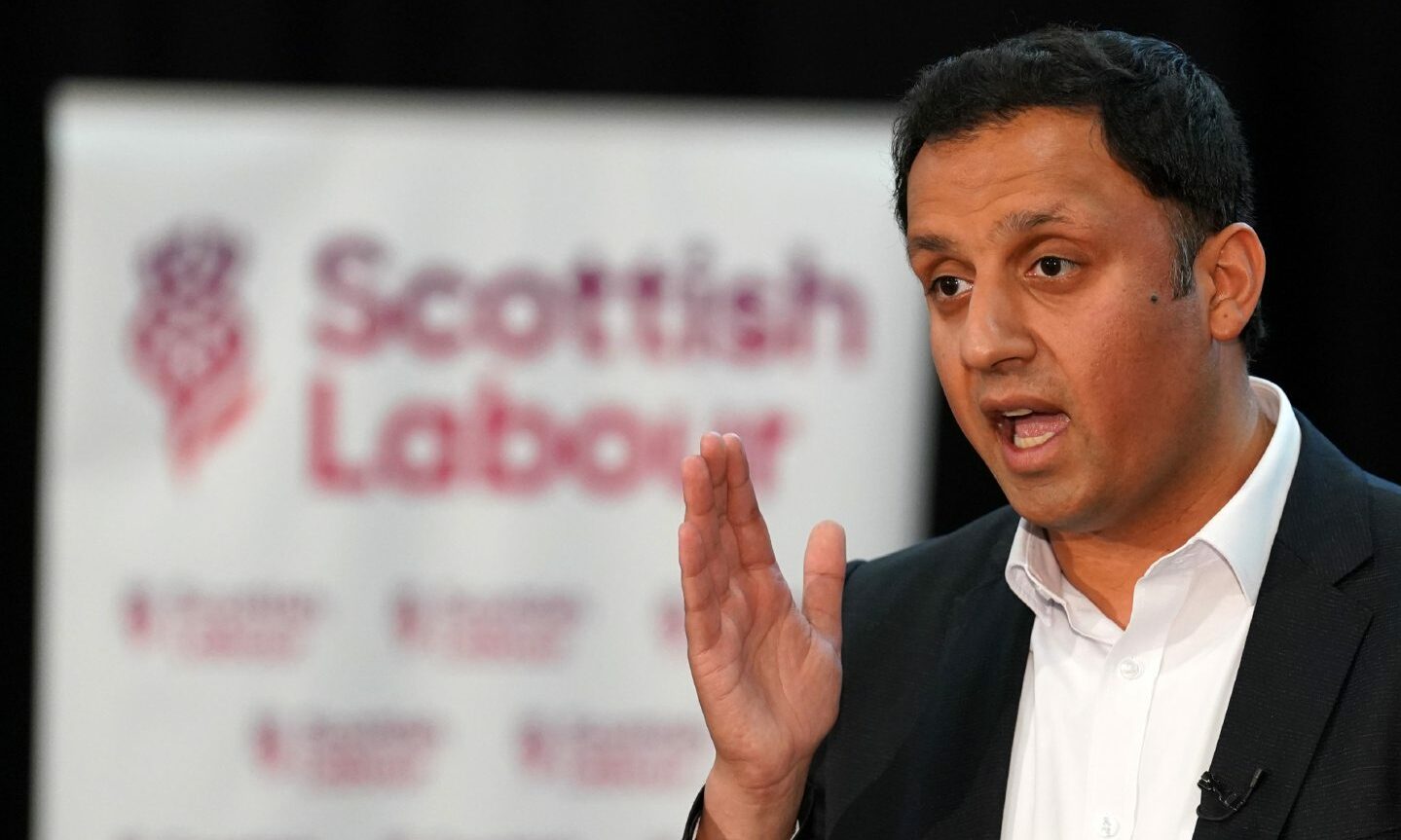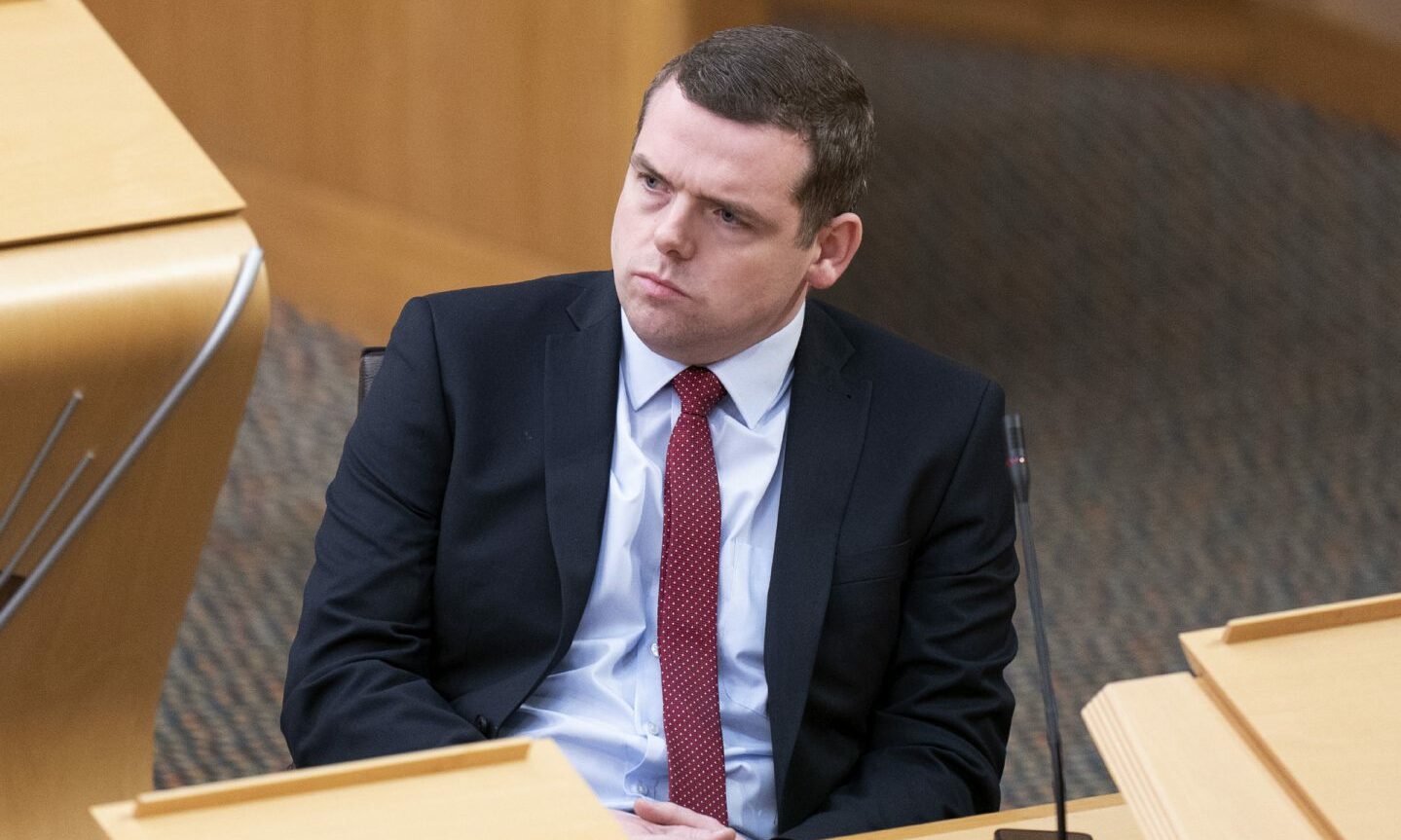Reducing the number of Scottish seats – and, therefore, Scotland’s heft at Westminster – may have a long-term impact, writes James Millar.
Among UK politicos, there are three popular ways to interpret US politics.
One is to translate what’s going on in Washington directly to Westminster. Another is to assume that Americans are uniquely weird and there’s nothing to learn. The third, and most popular, is to snuggle under a duvet and binge-watch The West Wing – again.
There’s a theory, a persuasive one, that The West Wing has been uniquely damaging to our political culture. It offered a view of politics and its practice that was both incredibly attractive and entirely unrealistic.

Too many wannabes confused fact and fiction, giving rise to a cohort swanning around Westminster trying to babble slick screen dialogue, but less interested in constituents’ concerns about the drains, the bypass, and the gaggle of nyaffs that pollute the bus stop with bodily fluids of one sort or another every Friday night.
All three approaches are equally foolish.
There are lessons to be learned from the midterm elections which, at time of writing, are unfathomably ongoing, because the Americans seem to count really, really slowly. But you have to pick through the big picture to find the bits that count over here.
In this year’s midterm elections, we saw the strength and resilience of American democracy in action.
There was a strong rejection of political violence, voter intimidation, and election deniers at every level.
The American people proved—once again—democracy is who we are.
— Joe Biden (@JoeBiden) November 14, 2022
And perhaps the biggest lesson from the US midterms centres on something often overlooked in our elections – turnout.
The Democrats got their vote out. Their motivation may have been negative – to stop Donald Trump and his crackpot followers – but it was strong.
Voter turnout often decides elections
In recent years, it is turnout that often decides elections.
In 2016, Brexiteers were driven to vote because they knew they wouldn’t get another shot at it, while a potentially crucial proportion of complacent remain voters stayed home.
In 2017, Labour picked up seats in Scotland, not due to a swing back to old habits, but because SNP support didn’t turn out. The Nats haven’t let that happen again since.
It’s why some Scottish Labour sources are sour when they see the party enjoying national poll leads well into double figures. They fear that if a Labour government looks assured at the next election, Scots will either abstain or look to have the best of both worlds by returning a big SNP contingent.
Given the party’s recent history, Anas Sarwar cannot afford to be picky. Still, Scottish Labour would love to go into a general election with a poll lead modest enough to focus voters’ minds on the message that if they want rid of the Conservatives in Westminster, they are going to have to go out and vote for Labour candidates.
And this is where we come to an element of politics that bedevils America and is currently sneaking under the radar here – the apparently technocratic decision about where constituency boundaries lie.
Proposed electoral boundary changes would lose Scotland seats
In both Scotland and the rest of the UK, proposals on an updated electoral map are out for final consultation. The plans would see Scotland lose a handful of seats, while new seats are created in the south-east of England, because that’s where the population continues to mushroom, while demographics rob Scotland, Wales and the north of England of representation.
I’ll be contributing my views to the Boundary Commission, suggesting they just call the seat JoJo Maman Bébé
There’s a strong feeling that the current plans, which would come into force next year, favour the Tories. But you have to question whether that is by accident or design.
Surely only a truly independent boundary commission would weaken the strength of northern and Scottish voices at a time when the Conservatives are apparently in favour of levelling up the north and maintaining the union? The current plans dissolve Scots Tory leader Douglas Ross’s Westminster seat of Moray into the bargain.
The change would affect me personally, as the constituency I live in is set to be redrawn to take in the most gentrified bits of south-east London. I’ll be contributing my views to the Boundary Commission, suggesting they just call the seat JoJo Maman Bébé.
The central Scotland seats I used to call home are being rejigged in an apparently arbitrary way, with no regard for community.
Scottish influence may wither in Westminster
Everyone can have their say on the plans, which can be viewed at the Scottish Boundary Commission website and commented on for another fortnight.
The outcome of that consultation may have implications for the outcome of the next general election. But, the bigger picture – reducing the number of Scottish seats and, therefore, Scotland’s heft at Westminster – may have a longer term impact.
Westminster Boundary Review 2023: Revised Proposal Analysis
BBS gets into the nitty gritty of proposals for the 57 Scottish constituencies, and what they'd have meant in GE19. Spoiler: It's the Lib Dems that would have taken the hit, still! https://t.co/6LqZWcDhpL
— Ballot Box Scotland (@BallotBoxScot) November 11, 2022
If any given bit of England can outvote Scots MPs, Scottish influence may wither. The way to counter that will be either to return more Scots MPs who are Labour or Conservative.
Or, to walk away altogether, in favour of a voice in Holyrood, and let Edinburgh be the voice of Scots on the world stage.
The Boundary Commission proposals may look like lines on a map, but they could be redrawing the shape of our political future.
James Millar is a political commentator, author and a former Westminster correspondent for The Sunday Post



Conversation